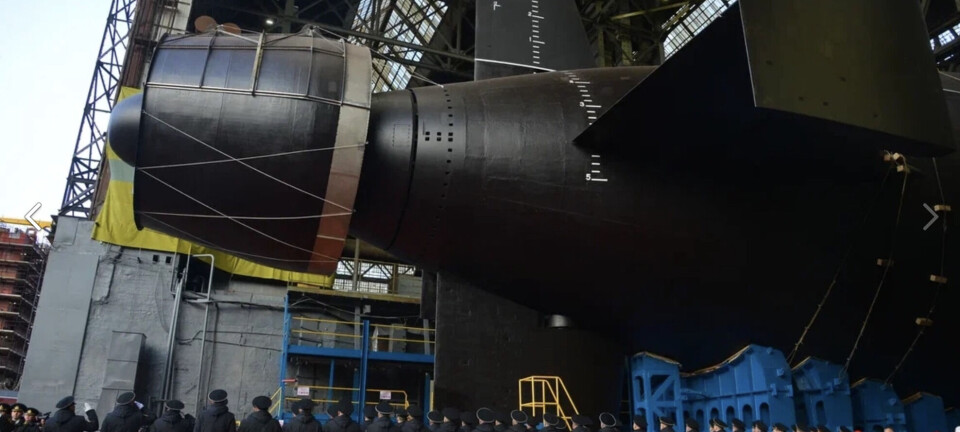The New Heartland
More than a century has elapsed since the eminent geographer Halford Mackinder presented his Heartland Theory, arguing that there are key
More than a century has elapsed since the eminent geographer Halford Mackinder presented his Heartland Theory, arguing that there are key areas which act as the geographical pivots of history. Mackinder’s prescient theory of international affairs had little impact in his own day, but seems peculiarly apposite to keen observers of Barents affairs today. If there is a new Heartland, an area that might act as a pivot of history, then the Barents region has a strong claim to the title.
This week the flagship of the Russian fleet, the aircraft carrier Admiral Kuznetsov, is steaming through Barents waters, as Russia conducts naval exercises in the region. And, as the Barents Observer reported only last week , China is trying to carve a niche in Arctic affairs, challenging Russia’s monopoly over the Northern Sea Route and also buying land in Iceland.
Statecraft is of course a fine art and, even in this era of easy communications, nations still play their cards close to their chests. The future of the entire Barents region is as laced with uncertainty today as it was in Mackinder’s day, when claims on territory were often expressed in the most subtle terms. And nowhere more so than on Victoria Island which was claimed for Norway in 1930 by the seven-man crew of the Bratvaag. The island lies midway between Svalbard and Franz-Josef Land. Being east of the 35˚E meridian, it lay beyond the scope of the 1920 Svalbard Treaty. The Bratvaag crew did not linger on Victoria Island, but merely built a small cairn from boulders found on the beach, raised the Norwegian flag and left a message in a bottle tucked into the cairn. The gist of the message was that Victoria Island was hereby being claimed for Norway.
But Norway never pressed her case for Victoria Island. The Oslo government’s territorial aspirations at that time lay well beyond the Barents region. Bouvetøya (a tiny South Atlantic island 2,500 kilometres southwest of Cape Town) was decreed Norwegian territory in 1928, followed by Jan Mayen in 1929. Norway’s most extraordinary Arctic adventure was in 1931, when the country attempted to wrest a part of eastern Greenland from Denmark.
Messages left in bottles may be the stuff of romantic adventures but they count for little in international diplomacy. Two years after the Bratvaag landing on Victoria Island, a Soviet Expedition led by Nikolay Zubov made landfall on this little fragment of land and claimed it for Russia. Ostrov Viktoriya (Остров Виктория) is today the westernmost of all Russia’s Arctic islands. Norway never contested the case, a little fearful perhaps that any spat with Moscow over Victoria Island might result in the Soviet Union curtailing the rights of Norwegian hunters in the eastern Barents region.
It won’t be long before the Admiral Kuznetsov steams out of the Barents region. But strategists and planners in Moscow, just like their counterparts in Beijing and Washington, will still be poring over their maps of the new Heartland. Mackinder’s idea has come of age. But in the new geopolitical piety governments are likely to assert their interests by doing very much more than merely leaving messages in bottles on remote Arctic beaches.













